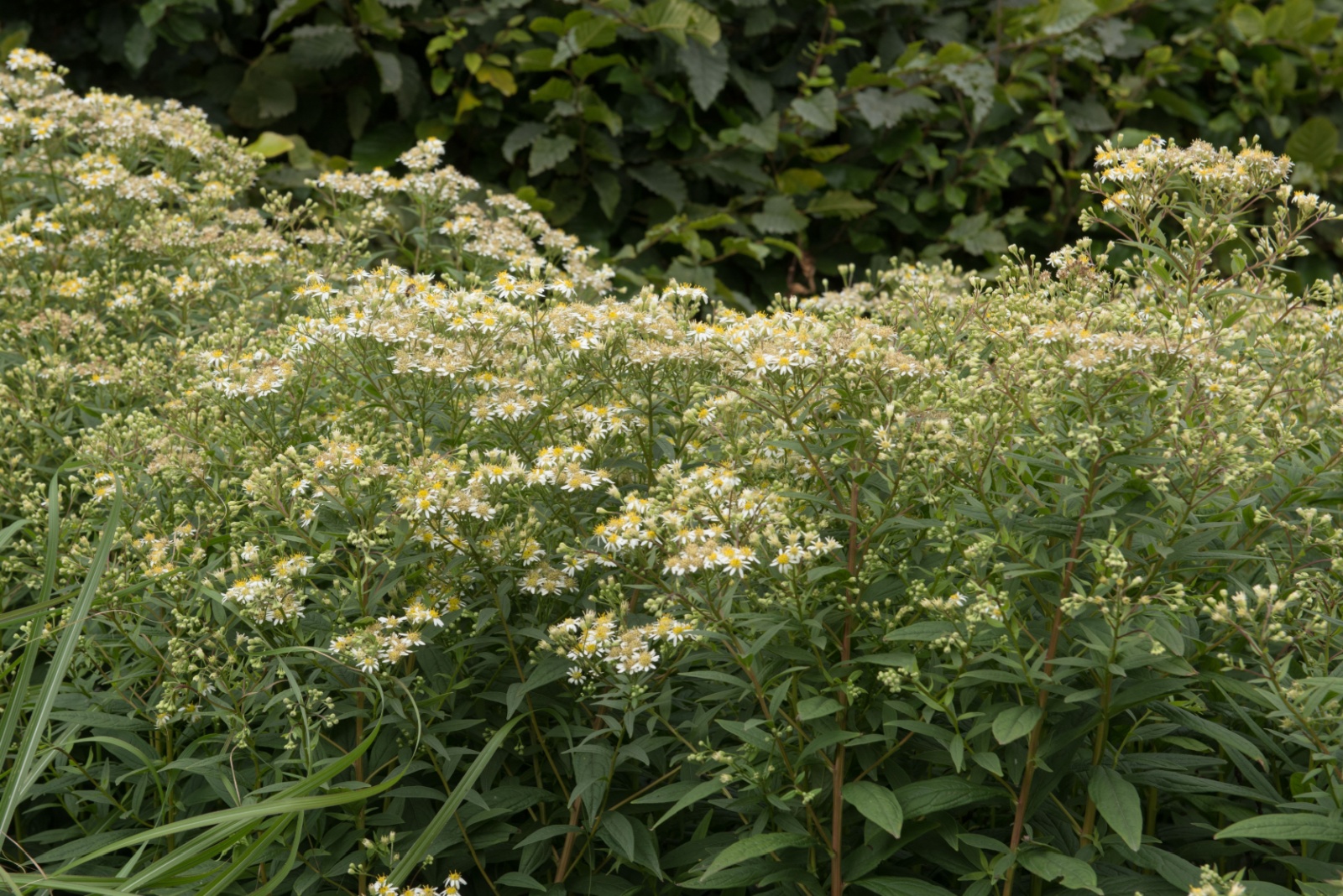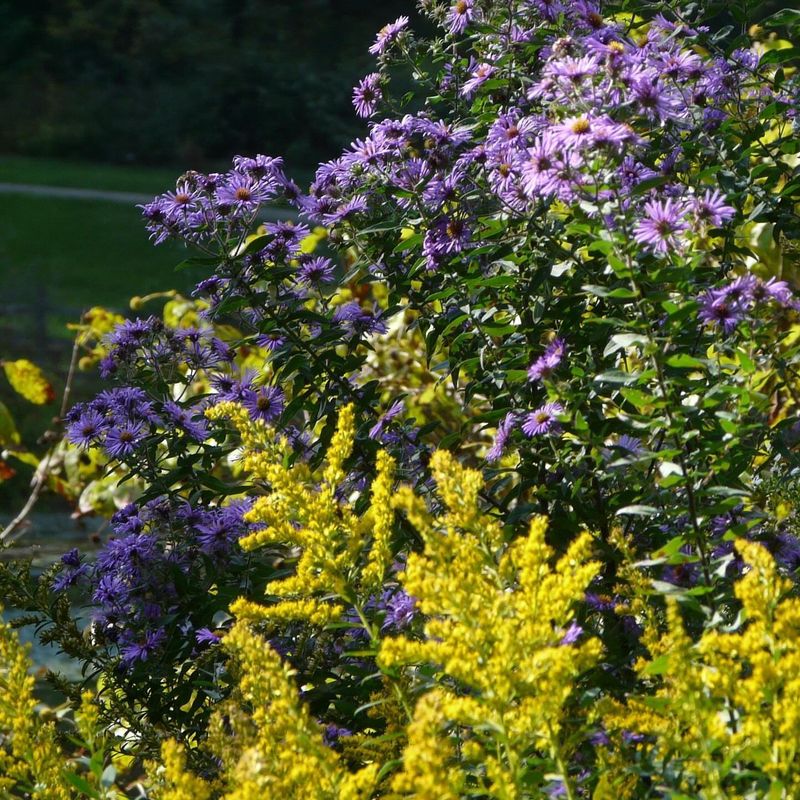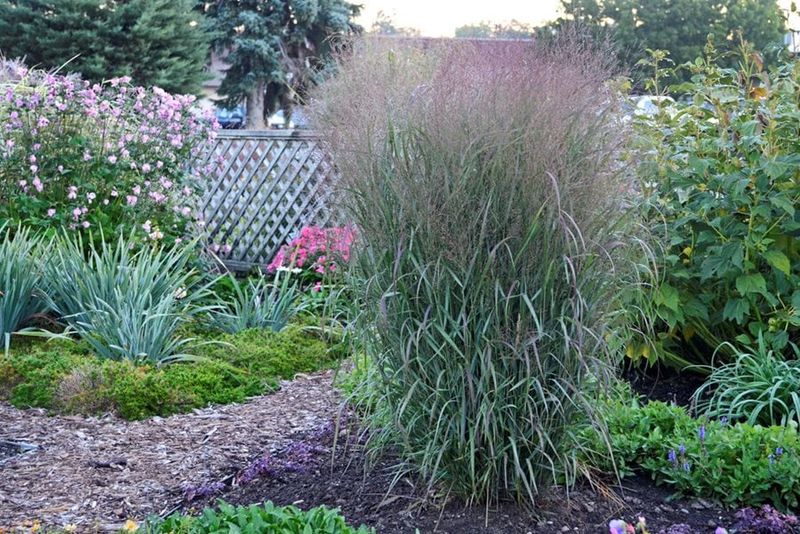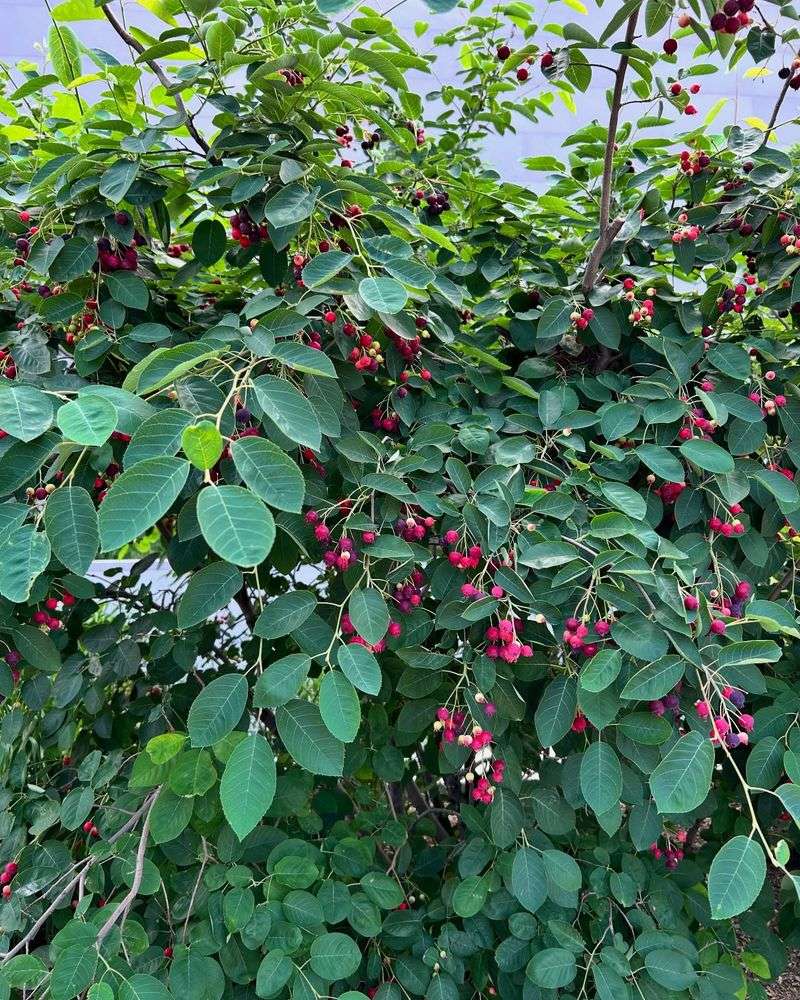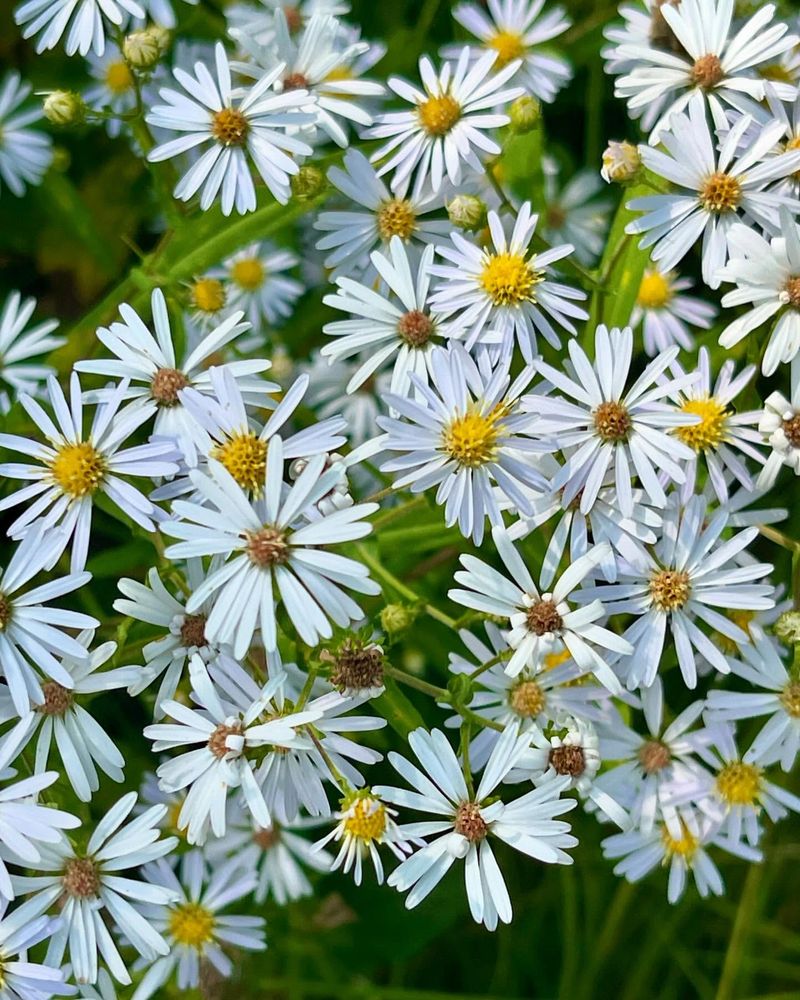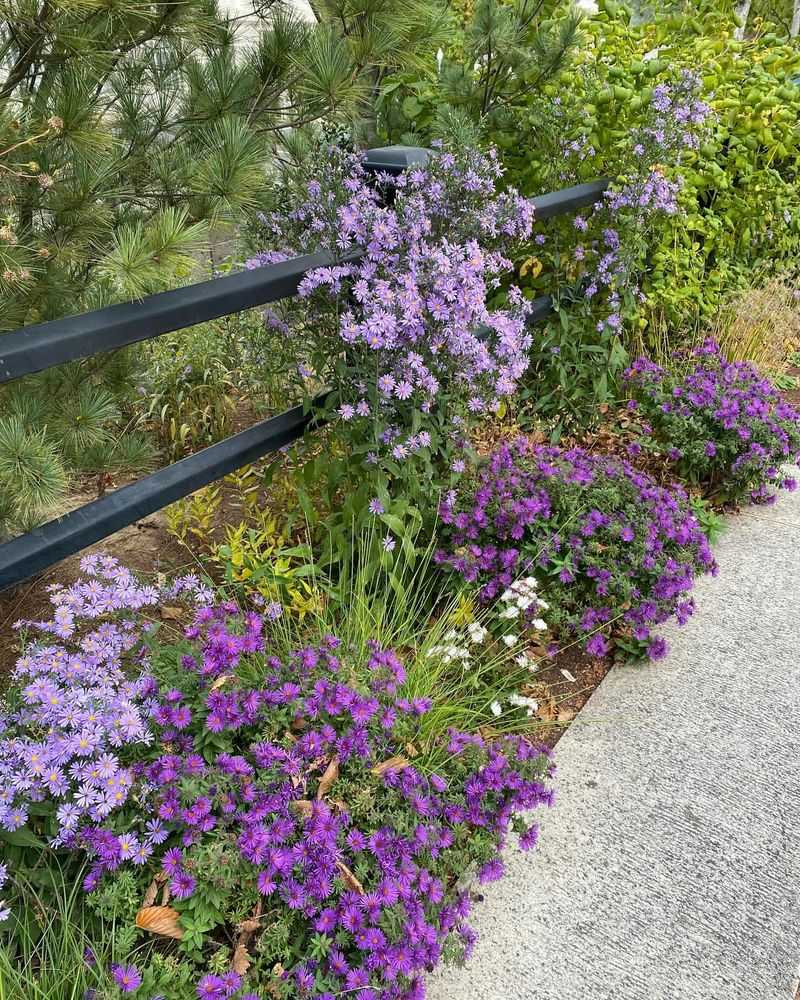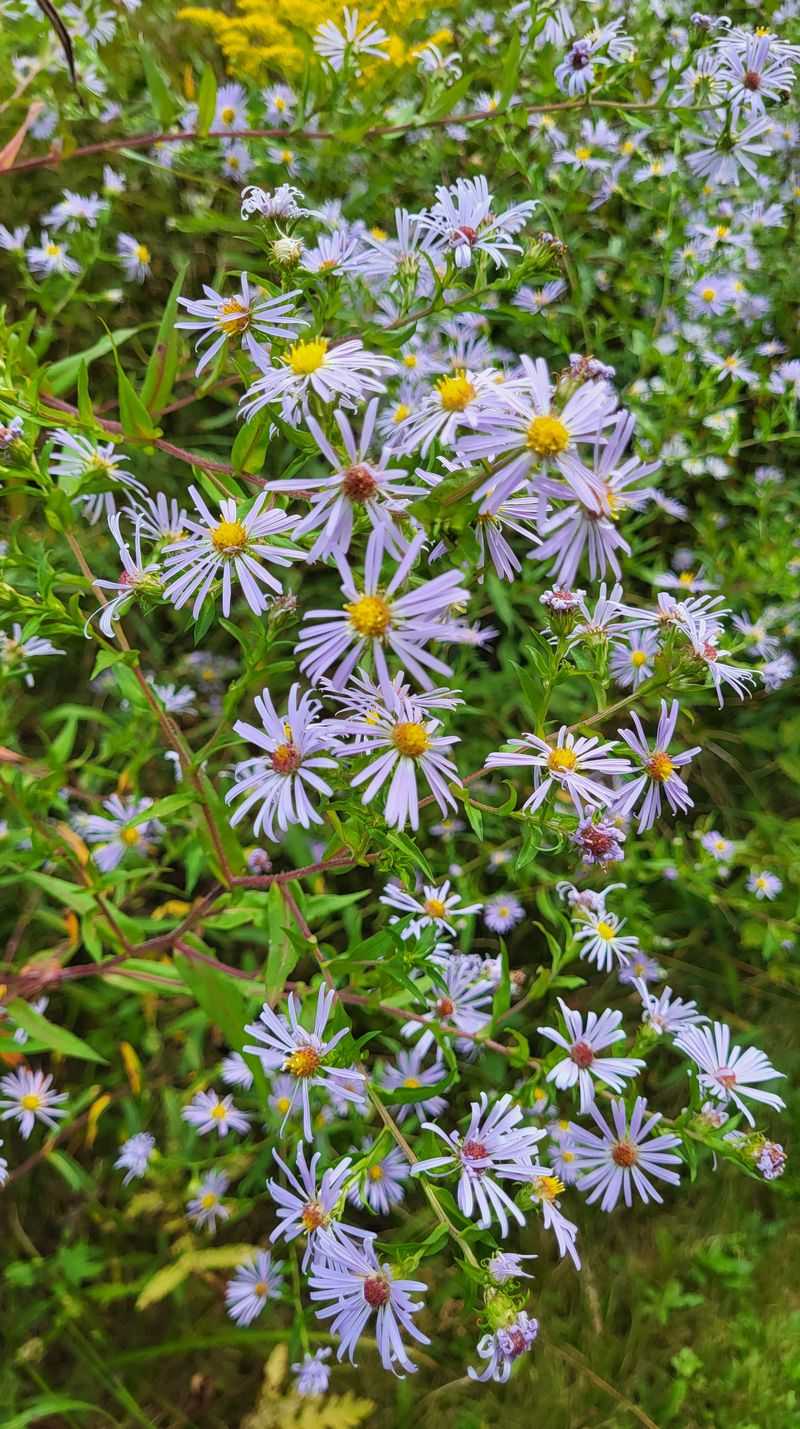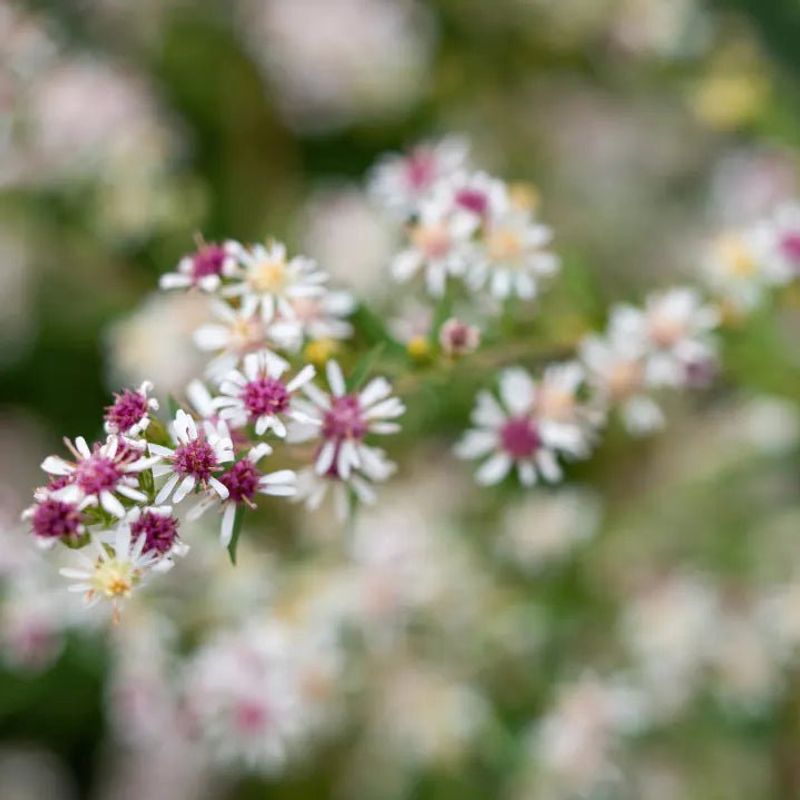Fall in Cincinnati brings crisp air and changing colors, making it the perfect time to rethink your garden borders. Native asters offer a practical solution for creating living fences that thrive in our local climate while supporting pollinators well into autumn.
Many Cincinnati gardeners struggle with maintaining visual interest as summer flowers fade. Native asters solve this problem beautifully, providing structure and color when most plants are winding down for the year.
In my own Cincinnati backyard, replacing a section of wooden fence with flowering perennials transformed our property boundary into a wildlife haven. The transition from rigid barriers to living borders not only enhanced privacy but also connected our space to the natural landscape in ways I never expected.
1. Layered New England Aster Boundary
Create depth by planting tall New England asters (Symphyotrichum novae-angliae) at the back of your border, reaching 3-5 feet in height. Their rich purple blooms make a stunning backdrop.
For the middle layer, add Ohio goldenrod for contrasting yellow flowers. Finish with shorter aromatic asters in front. Cincinnati’s clay-loam soil supports this combination well, though adding compost helps drainage.
2. Prairie-Style Switchgrass And Aster Mix
The combination of wispy switchgrass with smooth blue asters creates a prairie-inspired boundary that sways beautifully in autumn breezes. This natural pairing evokes Cincinnati’s historical landscape.
Space switchgrass clumps about 2 feet apart, then weave clusters of smooth blue asters between them. Come late September, the asters’ sky-blue flowers complement the reddish-gold switchgrass plumes perfectly.
3. Butterfly Magnet Border
Nothing transforms a property line like a living fence designed specifically for butterflies. White wood asters paired with butterfly weed create a pollinator highway that buzzes with activity well into October.
Plant in groups of five or more for maximum visual impact. The delicate white blooms of wood asters contrast beautifully with butterfly weed’s bright orange flowers.
This combination thrives in Cincinnati’s average 180 frost-free days.
4. Four-Season Berry And Bloom Boundary
For year-round interest, pair heart-leaved asters with serviceberry shrubs. The spring brings serviceberry’s delicate white flowers, summer offers berries, and fall delivers asters’ lavender blooms alongside the shrub’s red-orange foliage.
Even winter looks stunning with serviceberry’s architectural branches. Plant shrubs 4 feet apart with aster clusters between them.
This combination handles Cincinnati’s occasional drought periods remarkably well once established.
5. Rain Garden Edge With Flat-Topped Asters
Many Cincinnati properties have low spots that collect water after our typical 42 inches of annual rainfall. Turn this challenge into an opportunity by creating a rain garden border.
Flat-topped white asters thrive in these conditions and provide elegant structure. Pair them with moisture-loving cardinal flower and blue lobelia for a stunning color combination.
The best part? This living fence helps manage stormwater while providing habitat.
6. Aromatic Stone Wall Companion
The shift from summer to fall always reminds me how aromatic asters breathe life into existing hardscaping. These compact natives grow just 1-3 feet tall and produce clusters of small lavender-blue flowers that soften stone walls beautifully.
Plant them 12 inches from the wall’s base to allow for growth. Their drought tolerance makes them perfect for Cincinnati’s occasionally dry autumn seasons.
7. Edible Border With Heath Asters
Heath asters create a stunning backdrop for fall-producing berry bushes and herbs. Their tiny white flowers resemble a dusting of snow against blueberry shrubs turning crimson in autumn.
Plant the asters behind the edibles, spacing them 18 inches apart. The combination provides both beauty and function, perfect for Cincinnati’s urban lots where space serves multiple purposes.
The honey from heath asters has a distinct flavor beekeepers prize.
8. Deer-Resistant Rustic Fence Enhancement
Calico asters saved my garden when deer pressure intensified in our Cincinnati neighborhood. These tough natives feature small white flowers with purple-pink centers that deer typically avoid.
Plant them alongside existing rustic fences, then add aromatic black-eyed Susans and Russian sage for a complete deer-resistant barrier. The combination creates a cottage-garden look while actually strengthening your property boundaries.

